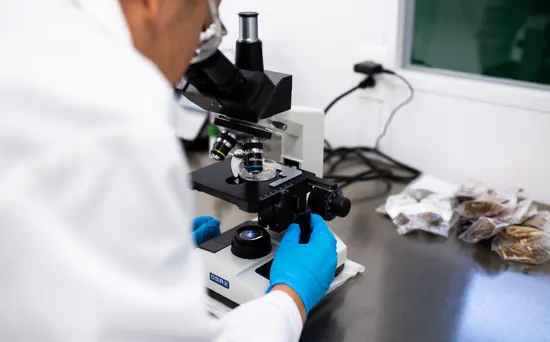What is Calzbone® Cissus quadrangularis Extract?
Proprietary Calzbone® is a Cissus quadrangularis stem extract standardized to offer tangible health benefits targeting biomineralization and bone health.
Key Attributes:
Cissus quadrangularis extract
Clinically researched
250 – 700mg / day
Standardized stem extract
What is Calzbone® Cissus quadrangularis Extract?
Proprietary Calzbone® is a Cissus quadrangularis stem extract standardized to offer tangible health benefits targeting biomineralization and bone health.
Key Attributes:
- Cissus quadrangularis extract
- 250 – 700mg / day
- Standardized stem extract
- Clinically researched







